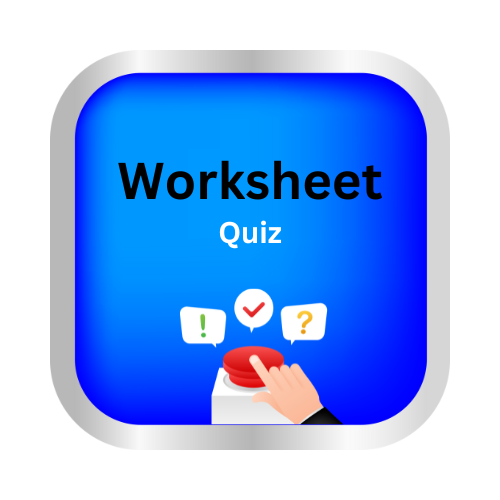Use the perfect verb tenses
Key Notes :
🌟 Use the Perfect Verb Tenses 🌟
A perfect tense shows that an action has been completed at some point. ✅
| Tense | Structure | Example | Emoji Hint |
|---|
| Present Perfect | has/have + past participle | She has finished her homework. 📘 | ✅ Done now |
| Past Perfect | had + past participle | They had eaten before we arrived. 🍽️ | ⏪ Done before another past action |
| Future Perfect | will have + past participle | I will have completed the project by tomorrow. 🗓️ | ⏩ Done before a future time |
Present Perfect:
- For actions that started in the past and continue now
- For actions completed recently
- Example: I have lived here for 5 years. 🏡
Past Perfect:
- For an action completed before another past action
- Example: She had left when I reached the station. 🚉
Future Perfect:
- For an action that will be completed before a specific future time
- Example: By next week, we will have finished our exams. 📚
- Present Perfect: already, just, yet, ever, never, so far
- Past Perfect: before, after, by the time
- Future Perfect: by, by the time, before
- Use “has” with he, she, it; “have” with I, you, we, they
- Past participle = usually the -ed form for regular verbs (play → played)
- Irregular verbs have special past participle forms (go → gone, eat → eaten)
- Perfect tenses show completion 🏁, not just happening now
| Tense | Sentence |
|---|
| Present Perfect | I have read that book. 📖 |
| Past Perfect | They had left before I arrived. 🚌 |
| Future Perfect | He will have finished the race by noon. 🏁 |

